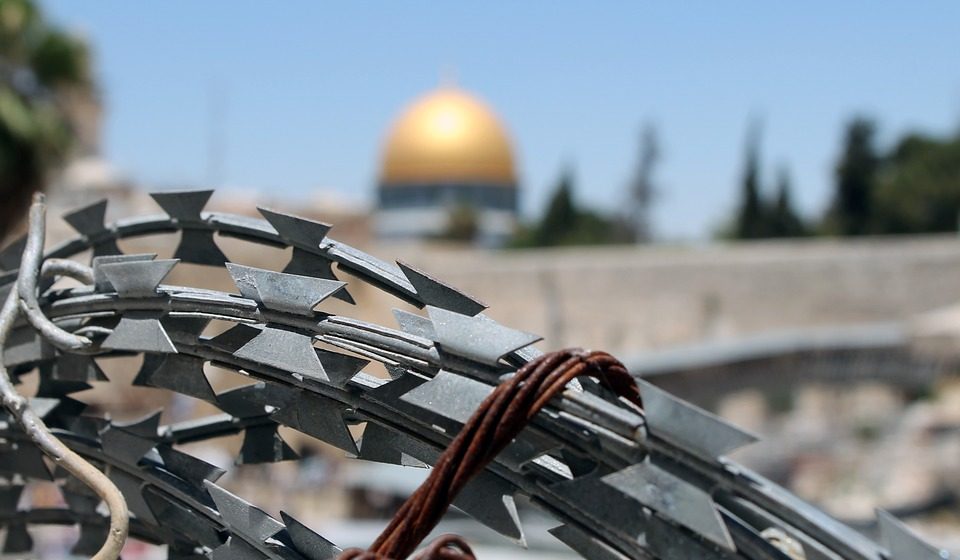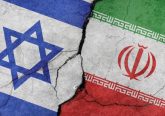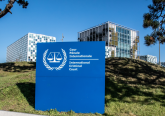The Israeli general election scheduled for 9th April is widely expected to be followed with the release of what has been termed the ‘Trump peace plan’ for the Israeli-Palestinian conflict. The release of the plan likely rests on the outcome of the election: if Benjamin Netanyahu’s Likud is not returned as the largest party with him as Prime Minister then the status of the plan is uncertain given that the Trump-Netanyahu relationship underpins it.
However, who will win the election is far from certain, with the latest polling placing Likud in second place, but suggesting that the right-wing coalition headed by Netanyahu would retain a majority. Given the recent surprise announcement that the United States recognises the Israeli annexation of the Golan Heights, and strong support from Likud party members to annex the West Bank, the two-state solution, which has been the cornerstone of the peace process appears further away than ever.
With this in mind, this article considers an important alternative solution, a single-state involving power sharing and a confederal structure. It first discusses why this option has gained traction, notes the flaws inherent to it, and compares this solution with the comparable political structures of Northern Ireland and Bosnia and Herzegovina as a means of defusing political tensions. Though precedent exists for power sharing structures to be part of the solution to conflict, these new institutional structures may also perpetuate societal division, with the result that ‘normal’ democratic politics in which parties’ campaign primarily on socio-economic rather than national or religious platforms, cannot emerge.
The Two State Solution
For decades the most clearly articulated solution was the ‘two-state’ solution in which the territory comprising Israel, the West Bank and Gaza would be shared, with the latter two territories becoming a Palestinian state. This solution gained traction during the 1990s and was favoured by the political leaderships of both Israel and the Palestine Liberation Organization during this period, with the 1993 Oslo Accords coming close to a final agreement.
However, when contemporary maps are inspected the problems with the two-state solution become clear (see below). Firstly, the West Bank and Gaza are physically separated by Israeli territory. A corridor would be required to allow people and goods to move between the two. Secondly, there are some 400,000 Israeli settlers now living in the West Bank. This would require territorial swaps and the expulsion of some settlers, as simple annexation would not only be unacceptable to the Palestinian Authority but would also severely impact the territorial contiguity of any Palestinian state. Thirdly, the distance between the westernmost point of the West Bank and the Mediterranean is just 15km. Israel has long feared that a hostile force in the West Bank could cut Israel in two, and at the point where the vast majority of the population is located (the coastal strip).

Security guarantees are needed, therefore, in three ways, firstly, to prevent the Palestinian Authority (PA) building up a powerful military, and secondly, for the PA to prevent takeover of the West Bank by hard-line or extremist groups such as Hamas (as in Gaza) or Isis (or similar), and thirdly, the possibility of allowing the IDF to strike at such groups if a deliberately weakened PA cannot directly combat Hamas (or others).
These problems are not necessarily insurmountable and the Oslo Accords, as well as follow up attempts at a two-state solution such as the 2007 Annapolis Conference, contained territorial swaps, detailed how Gaza and the West Bank would be connected, and contained security guarantees. It is the first element of this – territorial swaps – which has proved increasingly difficult to resolve. This is for two reasons, firstly, the number of Israeli settlers in the West Bank has increased substantially over the past 25 years from around 100,000 in 1993 to 400,000 today (not including the 200,000 in East Jerusalem which Israel has annexed, with little international support). Secondly, both the Israeli government and the PA face substantial opposition to ceding ground, for largely the same reasons: they would mean the abandonment of territorial claims to the whole of the territory occupied by the two (collectively the area demarcated by Mandatory Palestine).
Opinion polling suggests that support for a two-state solution, though still the most favoured of all options in both polities, has lost significant support over time. If a two-state solution is not possible and peace is desired, then two major options remain: the creation of an apartheid state (clearly unacceptable) or some form of single-state solution in which full rights and duties are extended to all peoples.
Power Sharing: A Viable Alternative?
This is where power sharing comes in, with a confederation of two broadly independent political entities largely concordant with Israel and the West Bank/Gaza being commonly touted as a solution. Two important examples of power sharing, Northern Ireland and Bosnia and Herzegovina may be compared, with Table 1 delineating the cleavages in these populations.

Yet, the lessons from power sharing in Northern Ireland and Bosnia and Herzegovina are not entirely positive. In both, the result has been negative peace, that is, large-scale political violence between the various conflict parties has declined significantly to levels considered manageable by police, rather than security forces. This is to be applauded, and power sharing no doubt has played an important role in giving representation and political power to all groups, as well as forcing them to work together on a day to day basis with the hope that solving the problems builds trust and ultimately defuses cross-cleavage tensions. However, the power sharing systems designed have entrenched the differences between groups and promote them as a means of seeking political success.
In Northern Ireland this is largely implicit, since the power sharing agreement means that ministerial positions are awarded on the basis of party strength in the Assembly, whilst certain resolutions require a minimum number of representatives from the other community to support it on order that it pass. In Bosnia and Herzegovina this is explicit, since the country is split into two constituent entities: the Republika Srpska and, somewhat confusingly, the Federation of Bosnia and Herzegovina, to which significant legislative powers are devolved. The Presidency comprises three members: a Bosniak, a Serb and a Croat, with the chair rotating between the three every eight months.
The crucial problem in both cases is that power sharing agreements entrench the very differences that underpin the conflict. Over the short term this is a rational way to ensure that different groups are rewarded with political power: this prevents conflict recurrence. Yet, this also ensures that voting is inevitably driven by sectarian divides – with the result in Northern Ireland that more moderate Unionist and Nationalist parties have been squeezed out. This clearly impedes the emergence of cross-cleavage political parties which would advance an end to the conflict.
Conclusion
We do not yet know what the ‘Trump peace plan’ will entail, but power sharing and confederation looks to be a short-term solution – if that – to the conflict. For Israel/Palestine, even assuming that the two sides could agree to some form of power-sharing, be it based on significant regional or cantonal autonomy, a rotating presidency, or some other construction, the longer-term prospects for a positive peace based on power sharing do not look good.







